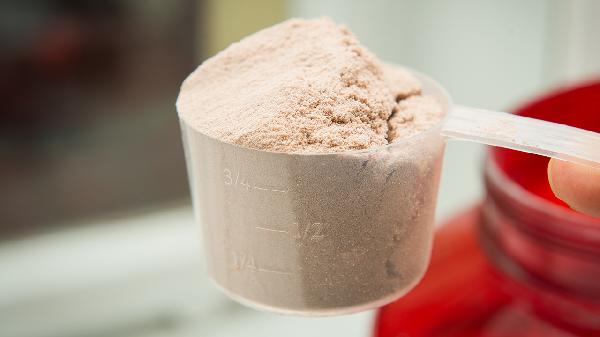Progressive overload might sound like some intimidating fitness jargon, but it’s actually one of the simplest and most effective principles for leveling up your workouts. Think of it as the secret sauce for getting stronger, faster, or just plain better at whatever exercise you love. Whether you're lifting weights, running, or doing yoga, progressive overload is the key to continuous improvement—without it, you risk hitting a plateau where your body stops responding to the same old routine. The good news? You don’t need a PhD in exercise science to apply it. Small, smart tweaks to your training can keep your progress on an upward trajectory.
The Science Behind Progressive Overload
At its core, progressive overload is rooted in biology. Your body adapts to stress—in this case, the stress of exercise—by becoming stronger and more efficient. But here’s the catch: if the stress stays the same, so does your body. That’s why doing the same workout week after week eventually stops yielding results. "Your muscles need a reason to grow," explains Eric Bowling, CPT. "If you’re not gradually increasing the challenge, your body has no incentive to change." This principle applies to endurance training too. Running the same distance at the same pace won’t make you a faster runner—you’ve got to push further or pick up the tempo to see improvements.
Ways to Apply Progressive Overload
You don’t have to go all-out every session to benefit from progressive overload. In fact, small, consistent increases are far more sustainable than drastic jumps. Here are four tried-and-true methods:
Increase Resistance: The most obvious way to overload? Add weight. If you’ve been curling 15-pound dumbbells for weeks, try 17.5 or 20 pounds. Even a tiny bump forces your muscles to work harder.
Boost Volume: More reps or sets = more total work. If you usually do three sets of 10 squats, try three sets of 12, or add a fourth set. Just keep rest periods consistent to maintain intensity.
Adjust Tempo: Slowing down movements increases time under tension, a sneaky way to make bodyweight exercises tougher. Try a four-second descent on push-ups or squats.
Enhance Frequency: Doing an exercise more often (within reason) can spark progress. If you deadlift once a week, adding a second lighter session can reinforce technique and strength.
Common Mistakes to Avoid
While progressive overload is straightforward, it’s easy to overdo it. "People get excited and ramp up too quickly, which leads to burnout or injury," warns Jim White, RDN. Jumping from 10-pound to 25-pound dumbbells in a week? Bad idea. Similarly, adding miles too fast in running can cause overuse injuries. Another pitfall: neglecting recovery. Progressive overload only works if your body has time to adapt. Skipping rest days or skimping on sleep sabotages progress. Finally, don’t forget about technique. Adding weight or speed with poor form is a recipe for disaster—quality always trumps quantity.
Progressive Overload Beyond the Gym
This principle isn’t just for traditional workouts. Yoga practitioners can hold poses longer or explore advanced variations. Swimmers can add laps or decrease rest intervals. Even daily activities like walking or gardening can benefit—try carrying heavier grocery bags or taking the stairs two at a time. The key is mindful progression. "It’s not about being extreme," says Barribeau. "It’s about intentional, gradual challenges that keep your body guessing."
Tracking Your Progress
You can’t manage what you don’t measure. Tracking workouts helps ensure you’re actually progressing instead of spinning your wheels. Apps like Strong or Fitbod automate this, but a notebook works just fine. Note weights, reps, sets, and how the session felt. Over time, patterns emerge—maybe your bench press stalls when sleep dips below six hours, or your runs improve with consistent hydration. Data removes the guesswork and keeps you accountable. That said, don’t obsess over numbers. Some days, "progress" might mean nailing perfect form with lighter weights or finishing a workout when you’re exhausted. Flexibility is part of the process.
When to Dial It Back
Progressive overload isn’t a linear march forward. Life happens: stress, illness, or fatigue may require temporary pullbacks. "Deloading"—reducing volume or intensity for a week—can prevent overtraining and boost long-term gains. Listen to your body. If a weight that felt easy last week suddenly feels crushing, or if you’re chronically sore, it’s okay to regress slightly. Recovery isn’t failure; it’s strategic. Even elite athletes cycle intensity to avoid plateaus.
At the end of the day, progressive overload is just a fancy term for "keep challenging yourself." Whether you’re training for a marathon or just want to feel stronger carrying laundry upstairs, small, consistent pushes add up to big results. And the best part? You’re in control. No fancy equipment or complicated rules—just you, your effort, and the satisfying feeling of getting better over time.
























